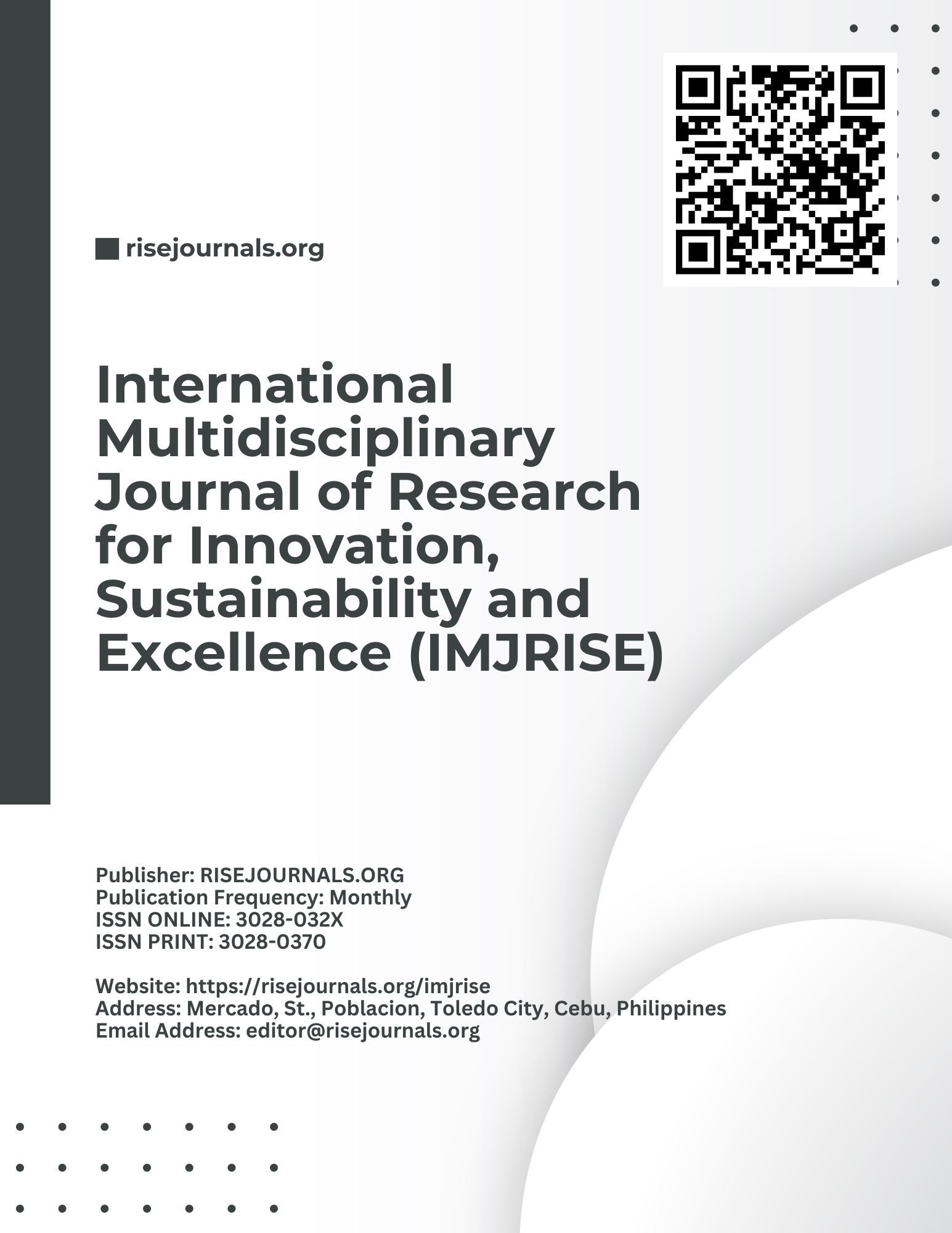Exploring the Landscape of Fitness Programs for Government Employees
Keywords:
Fitness programs, government employees, workplace wellness, program effectivenessAbstract
This systematic review explores the landscape of fitness programs for government employees, examining their effectiveness, challenges in implementation, program design, engagement strategies, and organizational benefits. The review reveals consistent evidence supporting the positive impact of fitness programs on employees' physical health outcomes, including increased physical activity levels, reduced health risks, and enhanced overall well-being. However, challenges such as budget constraints, limited resources, bureaucratic hurdles, and organizational resistance to change hinder the successful implementation of these programs. Effective program design and engagement strategies, such as incentives, social support mechanisms, and personalized coaching, are crucial for maximizing employee participation and outcomes. Furthermore, investing in fitness programs yields significant organizational benefits, including improvements in employee morale, job satisfaction, productivity, absenteeism rates, and healthcare costs. Addressing these challenges and optimizing program design can create healthier, more supportive work environments, enhancing the overall effectiveness and efficiency of government agencies.
References
Baicker, K., Cutler, D., & Song, Z. (2010). Workplace wellness programs can generate savings. Health affairs, 29(2), 304-311.
Bowles, S. V., Pollock, L. D., Moore, M., Wadsworth, S. M., Cato, C., Dekle, J. W., ... & Bates, M. J. (2015). Total force fitness: The military family fitness model. Military Medicine, 180(3), 246-258.
Cancelliere, C., Cassidy, J. D., Ammendolia, C., & Côté, P. (2011). Are workplace health promotion programs effective at improving presenteeism in workers? A systematic review and best evidence synthesis of the literature. BMC public health, 11, 1-11.
Cipriano, C., Kilag, O. K., Samutya, M., Macapobre, K., Villegas, M. A., & Suba-an, J. (2024). Physical Activity Interventions in Educational Settings: Effects on Academic Achievement Revisited. International Multidisciplinary Journal of Research for Innovation, Sustainability, and Excellence (IMJRISE), 1(3), 238-246.
Eckhardt, H., Smith, P., & Quentin, W. (2019). Pay for Quality: using financial incentives to improve quality of care. Improving healthcare quality in Europe, 357.
Goetzel, R. Z., & Ozminkowski, R. J. (2008). The health and cost benefits of work site health-promotion programs. Annu. Rev. Public Health, 29, 303-323.
Hahn, S., Hantikainen, V., Needham, I., Kok, G., Dassen, T., & Halfens, R. J. (2012). Patient and visitor violence in the general hospital, occurrence, staff interventions and consequences: a cross‐sectional survey. Journal of advanced nursing, 68(12), 2685-2699.
Lazar, I., Osoian, C., & Ratiu, P. I. (2010). The role of work-life balance practices in order to improve organizational performance.
Linnan, L. A., Cluff, L., Lang, J. E., Penne, M., & Leff, M. S. (2019). Results of the workplace health in America survey. American Journal of Health Promotion, 33(5), 652-665.
Manire, E., Kilag, O. K., Habig, M., Satin, R., Genovania, M. R., & Tan, S. J. (2023). A Technological Approach to Early Childhood Education: Unveiling the SEEDS Pedagogy. Excellencia: International Multi-disciplinary Journal of Education (2994-9521), 1(5), 333-344.
Mattke, S., Kapinos, K., Caloyeras, J., Taylor, E. A., Batorsky, B., Liu, H., ... & Newberry, S. (2014). Workplace Wellness Programs: Services Offered. Participation, and Incentives.
Mattke, S., Liu, H., Caloyeras, J. P., Huang, C. Y., Van Busum, K. R., Khodyakov, D., & Shier, V. (2013). Workplace wellness programs study: Final report. Santa Monica, CA: RAND Corporation.
Merrill, R. M., Aldana, S. G., Pope, J. E., Anderson, D. R., Coberley, C. R., & Whitmer, and the HERO Research Study Subcommittee, R. W. (2012). Presenteeism according to healthy behaviors, physical health, and work environment. Population Health Management, 15(5), 293-301.
Ott-Holland, C. J., Shepherd, W. J., & Ryan, A. M. (2019). Examining wellness programs over time: Predicting participation and workplace outcomes. Journal of occupational health psychology, 24(1), 163.
Person, A. L., Colby, S. E., Bulova, J. A., & Eubanks, J. W. (2010). Barriers to participation in a worksite wellness program. Nutrition research and practice, 4(2), 149.
Peñalvo, J. L., Sagastume, D., Mertens, E., Uzhova, I., Smith, J., Wu, J. H., ... & Mozaffarian, D. (2021). Effectiveness of workplace wellness programmes for dietary habits, overweight, and cardiometabolic health: a systematic review and meta-analysis. The Lancet Public Health, 6(9), e648-e660.
Redublado, H. J., Velez, L., Serano, A., & Kilag, O. K. (2024). Enhancing Physical Activity and Movement Skills in Youth: A Systematic Review of School-Based Interventions. International Multidisciplinary Journal of Research for Innovation, Sustainability, and Excellence (IMJRISE), 1(3), 73-78.
Roux, L., Pratt, M., Tengs, T. O., Yore, M. M., Yanagawa, T. L., Van Den Bos, J., ... & Buchner, D. M. (2008). Cost effectiveness of community-based physical activity interventions. American journal of preventive medicine, 35(6), 578-588.
Santos, M. S., Perico, A., Groenewald, E., Groenewald, C. A., Kilag, O. K., & Ponte, R. (2024). Advancing Leadership in Physical Education: A Systematic Review of the Last Five Years. International Multidisciplinary Journal of Research for Innovation, Sustainability, and Excellence (IMJRISE), 1(2), 268-273.
Tran, H. P., Nguyen, N. N., Ho, N. T., Tran, T. T. T., Ly, L. T., Hoang, T. T. D., ... & Tran, L. G. (2023). The impacts of telemedicine on assisted reproduction: a systematic review and meta-analysis. Reproductive BioMedicine Online, 103752.
Uy, F., Abendan, C. F., Kilag, O. K., Villegas, M. A., Ymas, S., & Pahayahay, D. (2023). Enhancing School Safety: Integrating William Glasser's Choice Theory in Crisis Preparedness and Response. Excellencia: International Multi-disciplinary Journal of Education, 1(5), 148-158.


